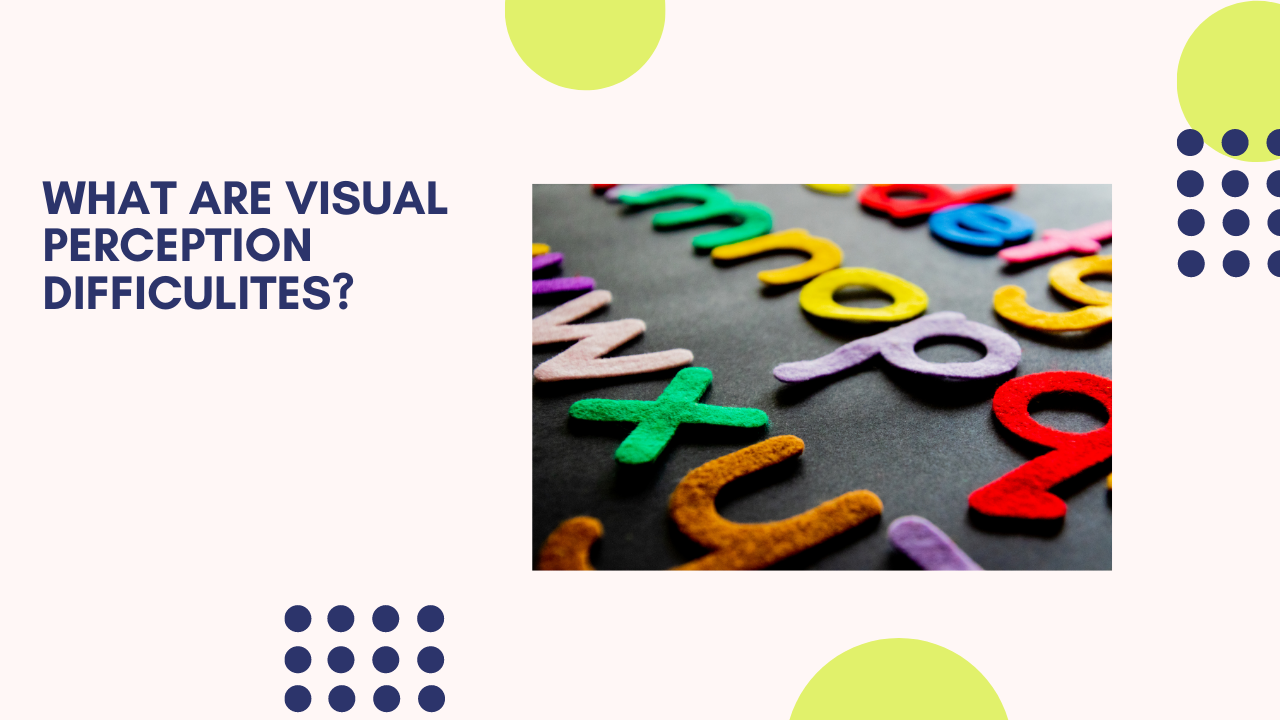
Visual Perception Difficulties
Oct 01, 2020SymptomsParents and teachers often notice visual perception or motor dysfunction when the child:
- Isn’t able to read or work with numbers on a page even when they have normal development in other ways.
- Doesn’t like school and resists reading, sometimes becoming very upset about having to do it.
- Difficulty using a crayon or pencil.
- May seem uncoordinated, and often runs into things
Signs of visual perception or motor dysfunction depend on which of the following visual problems a child has:
- Discrimination. The child has trouble seeing the difference between similar letters or shapes. The child may confuse “u” and “n” or “p,” “q,” and “b.”
- Figure-ground discrimination. It is hard for a child to pick out a shape, letter, or number from the background of a page. Reading is slow, and it’s hard for a child to find something on the page.
- Sequencing. The child will struggle to understand things in the order they appear on the page. The child may skip words or lines when reading. Some children switch the order of letters, words, and numbers. This is not dyslexia.
- Visual-motor processing. A child has trouble with eye-hand coordination. Handwriting is hard. It’s hard to write on the line, so handwriting might be crooked. Copying from a book or the board is hard. The child may have poor coordination and have trouble with sports.
- Memory. Children have a hard time remembering what they’ve seen. It is hard, for example, to memorize sight words or math facts. For example, a child may not remember something he or she just read on the previous page of a book.
- Spatial. A child doesn’t know where things are. It’s hard to tell how close they are from the child and each other. The child may bump into things andpeople as a result. Some children have trouble understanding maps or anything else that relies on the ability to perceive space and distance.
- Closure. Children with normal development know what an object is even if they see only part of it — like part of car or chair. Children with this visual processing dysfunction have trouble filling in the missing pieces
If you think your child may have difficulties with visual perception skills, please contact us to book an assessment or arrange your FREE consultation via our website.
Activities to support visual perceptual skills are available via our membership schemes.

